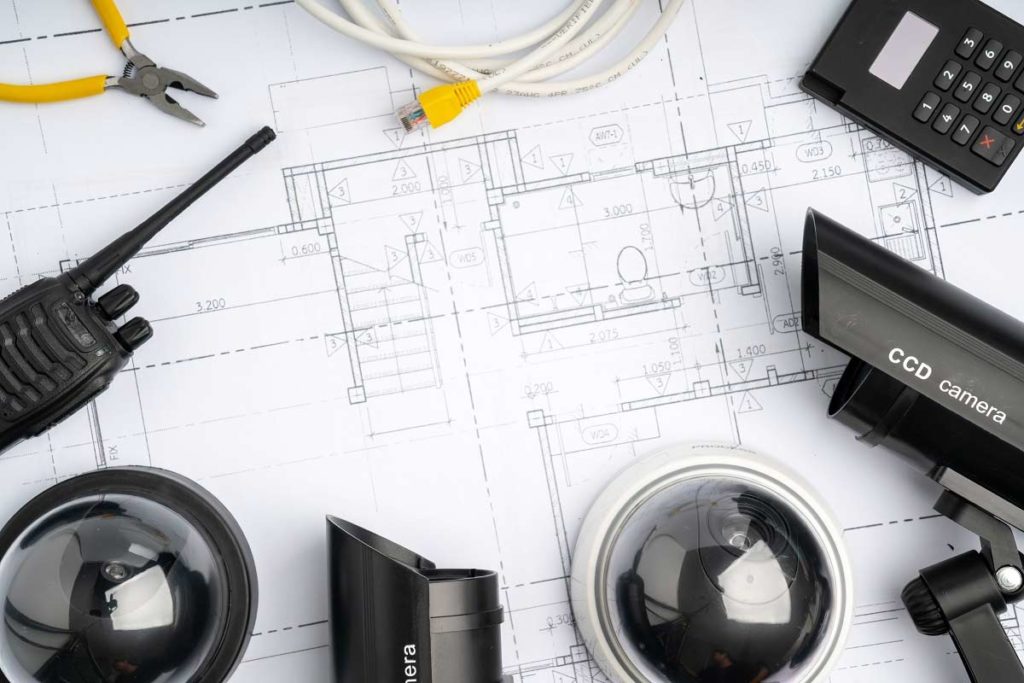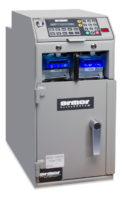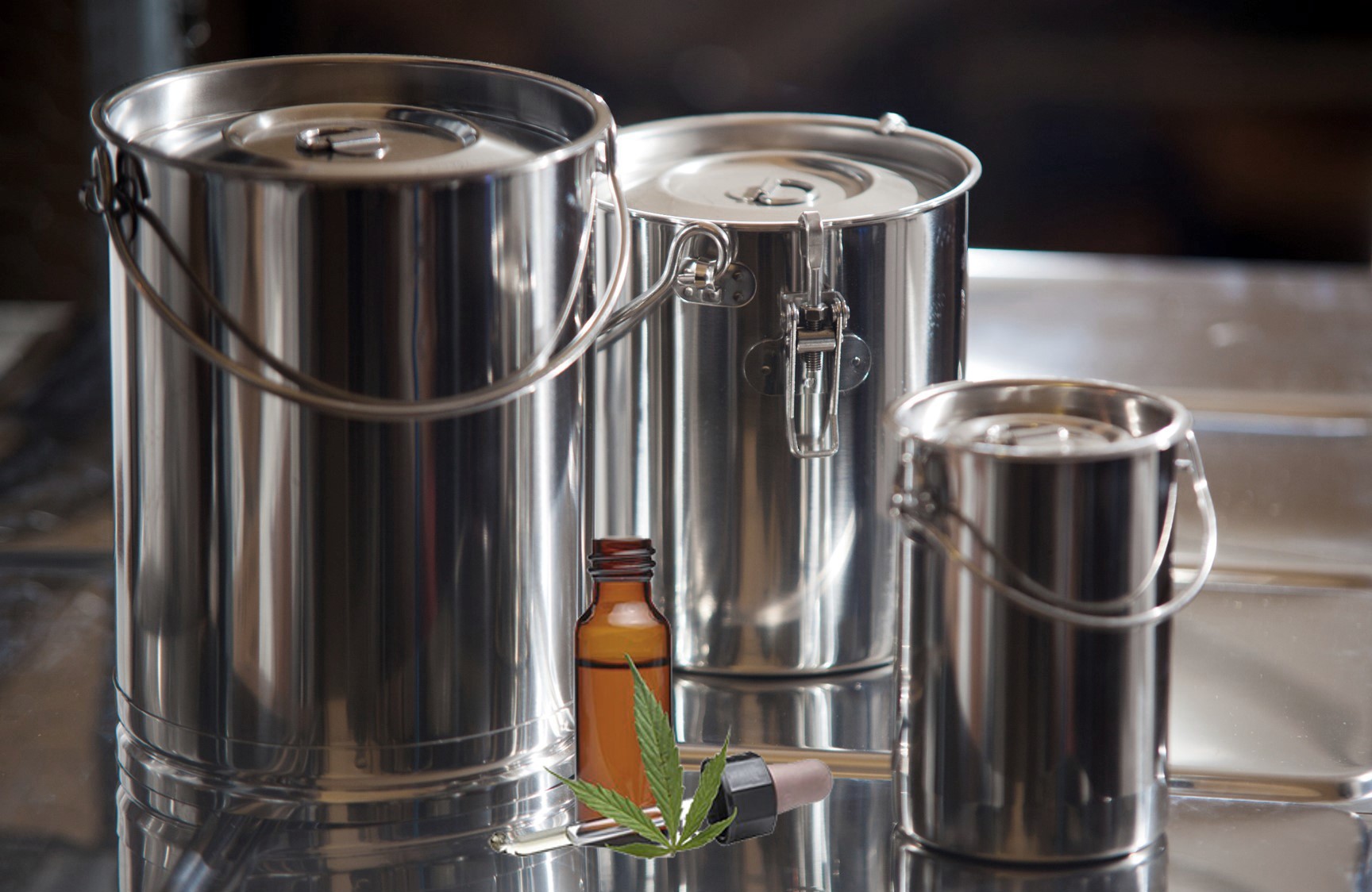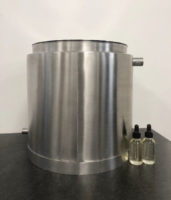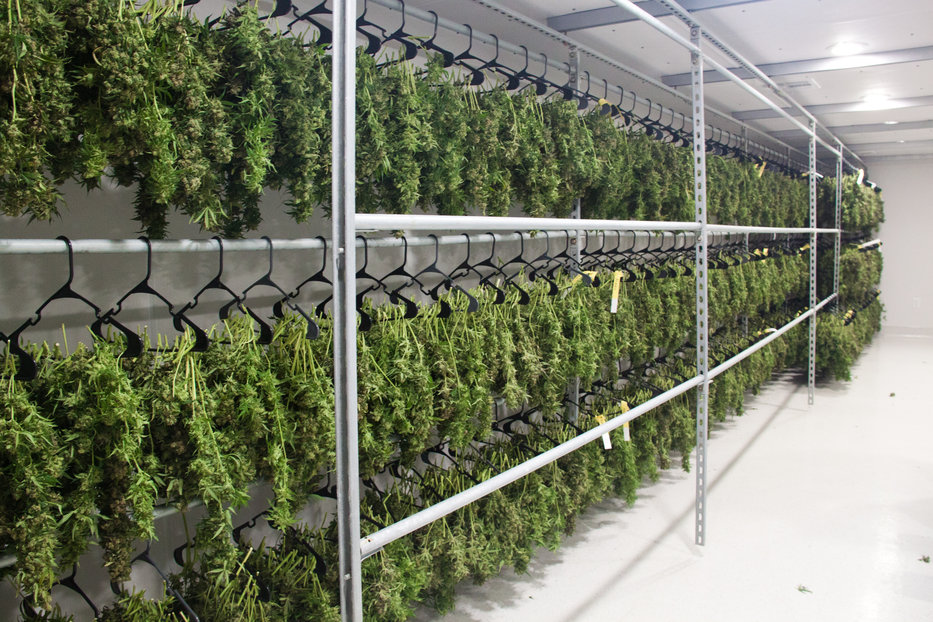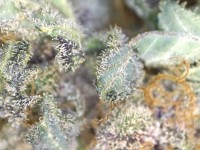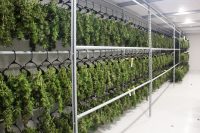The global cannabis industry is hitting thorny regulatory challenges everywhere these days as the bar is raised for international commerce. First it was recognition that the entire production industry in Canada would basically have to retool to meet European (medical and food) standards. And that at least for now for the same reasons, American exports are basically a no go.
However, beyond this, the battle over financial reporting and other compliance of a fiscal kind has been a hot topic this year on European exchanges.
As of this summer, (and not unrelated to the other two seismic shifts) there is another giant in the room.
If you haven’t heard about it yet, welcome to the world of EU GDPR (European Union General Data Privacy Regulation).
The German version is actually Europe’s highest privacy standard, which means for the cannabis industry, this is the one that is required for operations here across the continent if you are in this business.
What is it, and what does it mean for the industry?
GDPR – The Elevator Pitch
Here is why you cannot ignore it. The regulation affects bankers as much as growers, distributors as much as producers and of course the entire ecosystem behind medical production and distribution across Europe and actually far beyond it. Starting of course, with patients but not limited to them. The law in essence, applies to “you” whoever you are in this space. That is why it becomes all that much more complicated in the current environment.
While this is complex and far reaching, however, there are a couple of ways to think about this regulation that can help you understand it and how to manage to it (if not innovate with it).
The first is, to American audiences at least, that GDPR is sort of like HIPAA, the federal American privacy civil rights statute that governs medical privacy law. Except, of course, this being Europe, it is far more robust and far reaching. It touches every aspect of electronic privacy including data storage, retention, processing and security that is applicable to modern life. And far, far, beyond just “patients.”
On the marketing side, GDPR is currently causing no end of headaches. Broadly, the legislation, which came into force this year, with real teeth (4% of global revenues if you get it wrong), applies to literally every aspect of the cannabis industry for two big reasons beyond that. Medical issues, which are the only game in town right now in Europe (and thus require all importers to also be in compliance) and financial regulatory requirements.
The requirements in Germany are more onerous than they are in the rest of Europe. Therefore, they also affect the cannabis industry in a big way, especially since there is at this point a great deal of European cultivation with the German (and now British) medical market in mind. Further Germany is becoming European HQ for quite a few of the Canadian LPs. That means German standards apply.
The UK, for those watching all Brexit events with interest, will also continue to be highly affected by this. Whether it stays in the EU or not, it must meet a certain “trusted nation” status to be able to transact with the continent in any kind of favoured nation status.
Bottom line? It is big and here and expensive if you screw it up. If considering doing any kind of business with European customers, start hitting the books now. Large mainstream media organizations in the United States and Canada right now are so afraid of the consequences of getting this wrong that they have blocked readership from Europe for the present. Large financial institutions also must not only be in compliance but compliance of companies also guides their investment mandates on the regulatory front.
For all of these reasons, the cannabis industry would do well to take note.
What Does This Mean for The Cannabis Industry?
The Canadian and rest of the global industry is still struggling with compliance and this will have some interesting repercussions going forward.patient data must be handled and stored differently
Immediately, this means that all websites that are targeted to German eyes (read Canadian LPs and international, even English-only press) should hire German side compliance experts for a quick GDPR audit. There are few European experts at this point, and even fewer foreign ones. It is worth a call around to find out who is doing this auf Deutschland and bite the bullet.
It also means that internally, patient data must be handled and stored differently. And furthermore, it is not just “patients” who have this right, but everyone who transacts with your electronic or other presence. That includes consumers, subscribers to email newsletters and other stakeholders in the industry.
As the cannabis industry also starts to embrace technology more fully, it will also have highly impactful influence on what actually passes for a compliant technology (particularly if it is customer facing) but not limited to the same.
On the marketing side, GDPR is currently causing no end of headaches. Starting with PR and customer outreach teams who are trying to figure out how much of their master mailing lists they can keep and which they cannot. On this front, Mail Chimp is undeniably the go-to right now and has also implanted easy to understand and use technology that is being adopted by European marketers and those targeting Europe.
Stay tuned for more coverage on GDPR as we cover how data protection and privacy regulations will impact cannabis businesses, their marketing and outreach, plus service design efforts (in particular to patients) and other areas of interest.



